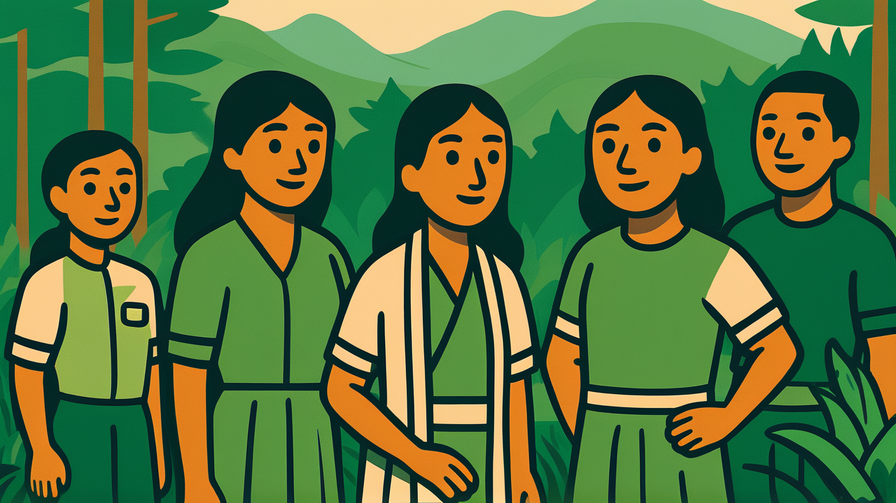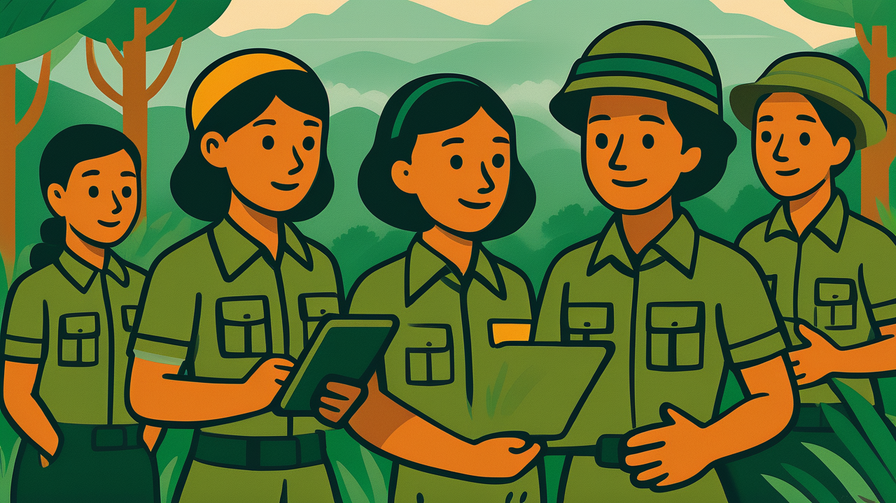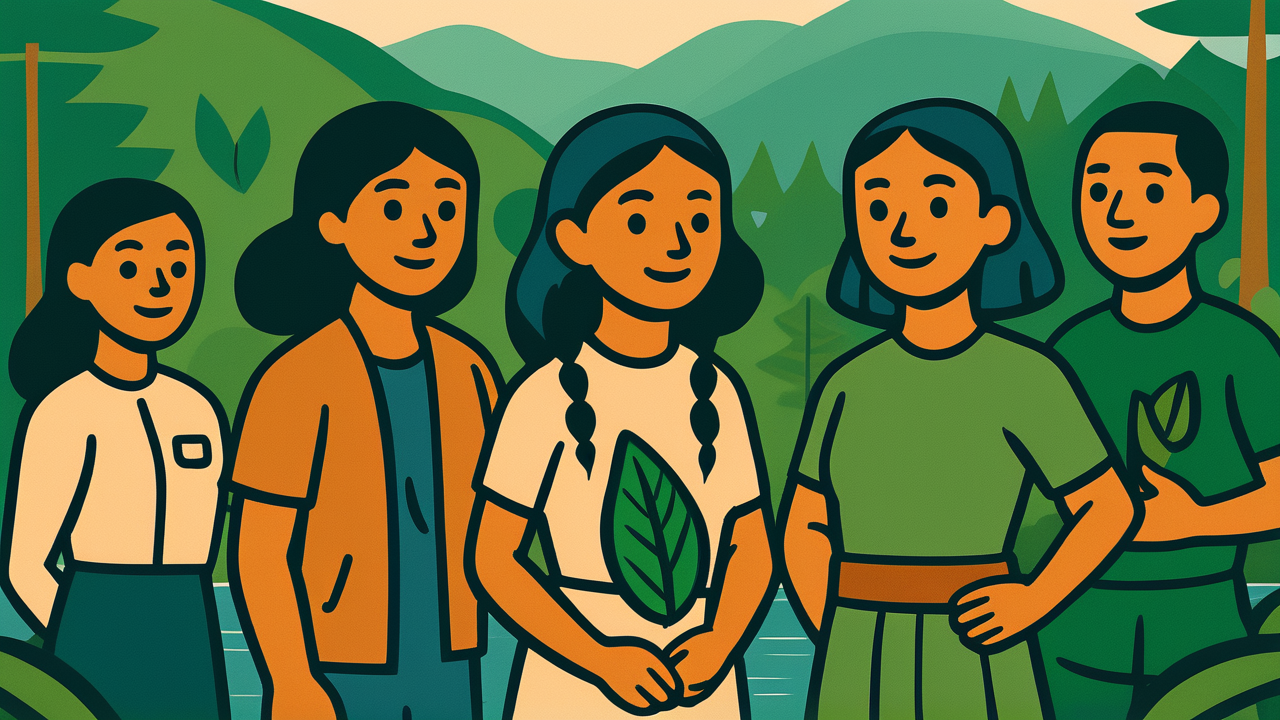[Disclaimer] This article is reconstructed based on information from external sources. Please verify the original source before referring to this content.
News Summary
The following content was published online. A translated summary is presented below. See the source for details.
In the remote Katsa Su region of Colombia, young Indigenous rangers are combining ancestral wisdom with modern conservation techniques to protect their sacred forests. These rangers, mostly between ages 18-30, patrol thousands of hectares of pristine rainforest that their communities have protected for generations. Facing threats from illegal logging, mining, and drug trafficking, they risk their lives daily to preserve one of the world’s most biodiverse ecosystems. The rangers use GPS technology, camera traps, and drones alongside traditional tracking skills passed down from their elders. Their work has successfully reduced deforestation by 60% in protected areas over the past three years. The Katsa Su forests are home to jaguars, tapirs, and hundreds of bird species, many found nowhere else on Earth. The rangers also work with their communities to develop sustainable alternatives to destructive activities, including ecotourism and sustainable agriculture. Despite receiving little government support and facing constant danger, these young guardians remain committed to protecting their ancestral lands for future generations.
Source: Global Voices
Our Commentary
Background and Context

The Katsa Su region in Colombia is part of the Amazon rainforest, one of Earth’s most important ecosystems. For thousands of years, Indigenous peoples have lived here in harmony with nature, developing deep knowledge about every plant, animal, and seasonal change in the forest.
Today, these forests face unprecedented threats. Illegal loggers cut down valuable trees, miners poison rivers with mercury, and drug traffickers clear land for coca plantations. The Colombian government struggles to protect these remote areas, so Indigenous communities have taken matters into their own hands.
Expert Analysis
What makes these Indigenous rangers so effective? They have something outsiders don’t – generational knowledge of the forest. They can track animals by subtle signs, predict weather changes, and identify which trees are sick before symptoms appear to untrained eyes.
By combining this traditional knowledge with modern technology like drones and satellite data, they’ve created an incredibly effective conservation model. They can spot illegal activities from the air, then use ancient forest paths known only to their communities to reach problem areas quickly.
Additional Data and Fact Reinforcement
The impact of their work is remarkable:
• Deforestation dropped by 60% in protected areas since ranger patrols began
• The Katsa Su forests contain over 3,000 plant species, many with medicinal properties
• Rangers patrol an area roughly the size of 10,000 soccer fields
• Each ranger protects habitat for approximately 500 animal species
• Their work prevents an estimated 1 million tons of CO2 from entering the atmosphere annually
Related News
Indigenous-led conservation is gaining recognition worldwide. In Brazil, Indigenous territories have the lowest deforestation rates in the Amazon. In Indonesia, community rangers protect orangutan habitats. In Canada, First Nations lead efforts to preserve old-growth forests.
The United Nations recently recognized that Indigenous peoples protect 80% of the world’s biodiversity despite making up only 5% of the global population. This has led to increased funding for Indigenous conservation projects, though it’s still far less than these communities need.
Summary

The young Indigenous rangers of Katsa Su represent a new generation of environmental defenders. By blending ancient wisdom with modern tools, they’re proving that local communities are often the best guardians of nature. Their success in reducing deforestation by 60% shows what’s possible when Indigenous peoples have the resources and authority to protect their lands. For students concerned about climate change and biodiversity loss, these rangers offer an inspiring example of how young people can make a real difference in protecting our planet.
Public Reaction
Environmental organizations worldwide have praised the rangers’ work, calling it a model for conservation. Local non-Indigenous communities initially skeptical have become supporters after seeing reduced flooding and cleaner water resulting from forest protection. However, illegal loggers and miners view the rangers as obstacles to profit, leading to threats and violence. The Colombian government has promised more support, but rangers say actual help has been slow to arrive.
Frequently Asked Questions
Q: How do Indigenous rangers differ from government park rangers?
A: Indigenous rangers have deep cultural connections to the land and use traditional knowledge alongside modern techniques. They often work with less funding but achieve better results through community support.
Q: Why is the Katsa Su forest so important?
A: These forests regulate regional rainfall, store massive amounts of carbon, and harbor species found nowhere else on Earth. They’re also sacred sites for Indigenous peoples.
Q: How can students help support these conservation efforts?
A: Learn about Indigenous rights, support organizations working with Indigenous communities, and make conscious choices about products that might contribute to deforestation.


